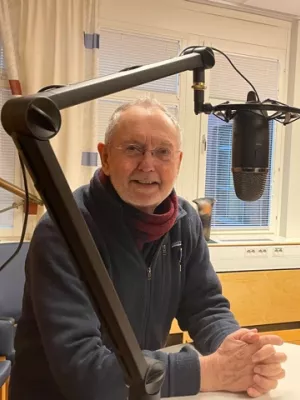
Colin Carlile
Guest researcher

Inelastic neutron scattering of methyl tunnelling in isotopic mixtures of dibromomesitylene
Author
Summary, in English
In dibromomesitylene, only the methyl group denoted Me-2 and surrounded by two bromine atoms, is a quasi free rotor. In isotopic mixtures the Me-2 tunnelling gap is almost insensitive to variations in temperature and to isotopic dilution. The Me-2 hindering potential remains the same as in the pure material with a main component cos6 theta. Because there is no coupling between the methyl groups, dibromomesitylene provides an illustration of the 'Single Particle Model' in rotational tunnelling. An explanation is given why Density Functional Theory calculations fail to represent the characteristics of tunnelling produced by the Schrodinger equation. (C) 2011 Elsevier B.V. All rights reserved.
Department/s
- Nuclear physics
Publishing year
2011
Language
English
Pages
20-24
Publication/Series
Chemical Physics Letters
Volume
509
Issue
1-3
Document type
Journal article
Publisher
Elsevier
Topic
- Subatomic Physics
Status
Published
ISBN/ISSN/Other
- ISSN: 0009-2614

